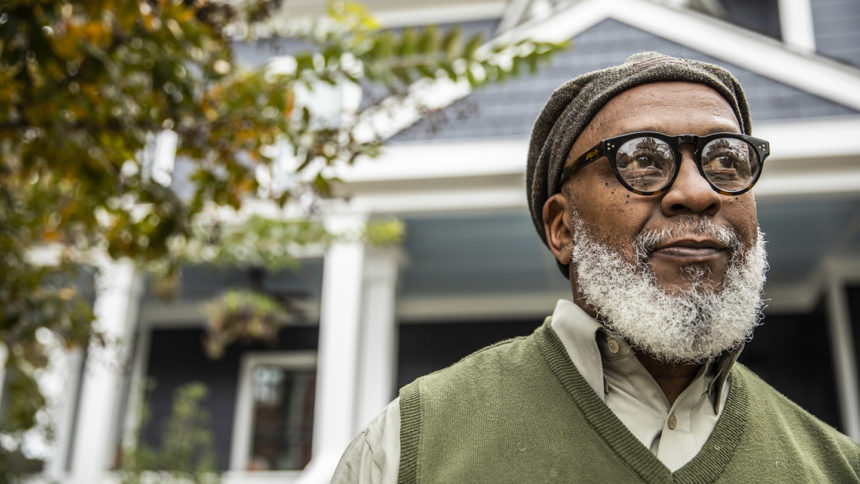
More Programs of All-Inclusive Care for the Eldery (PACE) are possible through collaborations and streamlined regulatory processes, according to a panel of experts who spoke Tuesday at the LeadingAge Conference and Expo in Denver.
“It’s a very heavy lift; it’s very time-intensive, it’s regulatory-intensive,” Michael McHale, CEO of San Diego-based St. Paul’s PACE, said about his experience launching two PACE programs. “But if you are in this to take care of seniors to provide the best possible care that you can, this is the golden standard of care for those folks.”
Representatives from senior living facilities, senior service organizations and existing PACE programs filled the educational session that discussed the merits and challenges of starting a program.
PACE is a state and federal initiative that helps frail older adults who qualify for skilled nursing care remain in their homes and communities. PACE centers provide medical care, socialization and meals to enrollees, while other services are delivered in the home. To date, PACE is available at 273 sites in 32 states and serves approximately 60,000 people nationwide. About 90% of enrollees are Medicare-Medicaid dual eligible adults.
The high cost of launching a PACE program is among the model’s most formidable challenges. McHale estimated that start-up costs are in the neighborhood of $10 million. Still, he didn’t think that shouldn discourage organizations from launching PACE.
“There is grant funding out there for startups,” McHale explained. “There are also funders out there who will give you low-interest loans to start a PACE program.”
Community partnerships that include senior living facilities are also another way to defray the cost of opening a program, according to Stephen Gordon, MD, founder and CEO of Edenbridge Health. Gordon’s firm operates PACE programs in three states and the District of Columbia, while also providing management expertise in developing the model.
“We’ve tried to form these coalitions where it’s not just a single entity building a box, rather it’s a community of people that are all working to care for the frail elderly across all housing, all services, everything,” Gordon said.
Navigating the federal and state regulatory processes is another obstacle. It can take months to open a PACE program. Some states have put limits on the number of PACE programs, while 18 others won’t use Medicaid dollars to fund them.
But despite that, momentum seems to be building in Washington to support PACE. Earlier this month, the Bipartisan Policy Center urged Congress to expand PACE. The Wasington-based think tank called for a streamlined approval process, federal grants to establish programs and allowing more Medicare-only seniors to enroll in the plan. The PACE Plus Act, pending in the U.S. Senate, calls for expanding funding for the program.
McHale also said PACE providers must also do their part by finding new and creative ways to care for seniors.
“We’ve got to keep an eye on disruption and continue to figure out the best way to care for these folks at the lowest cost so they can stay in their homes and communities,” he said.

